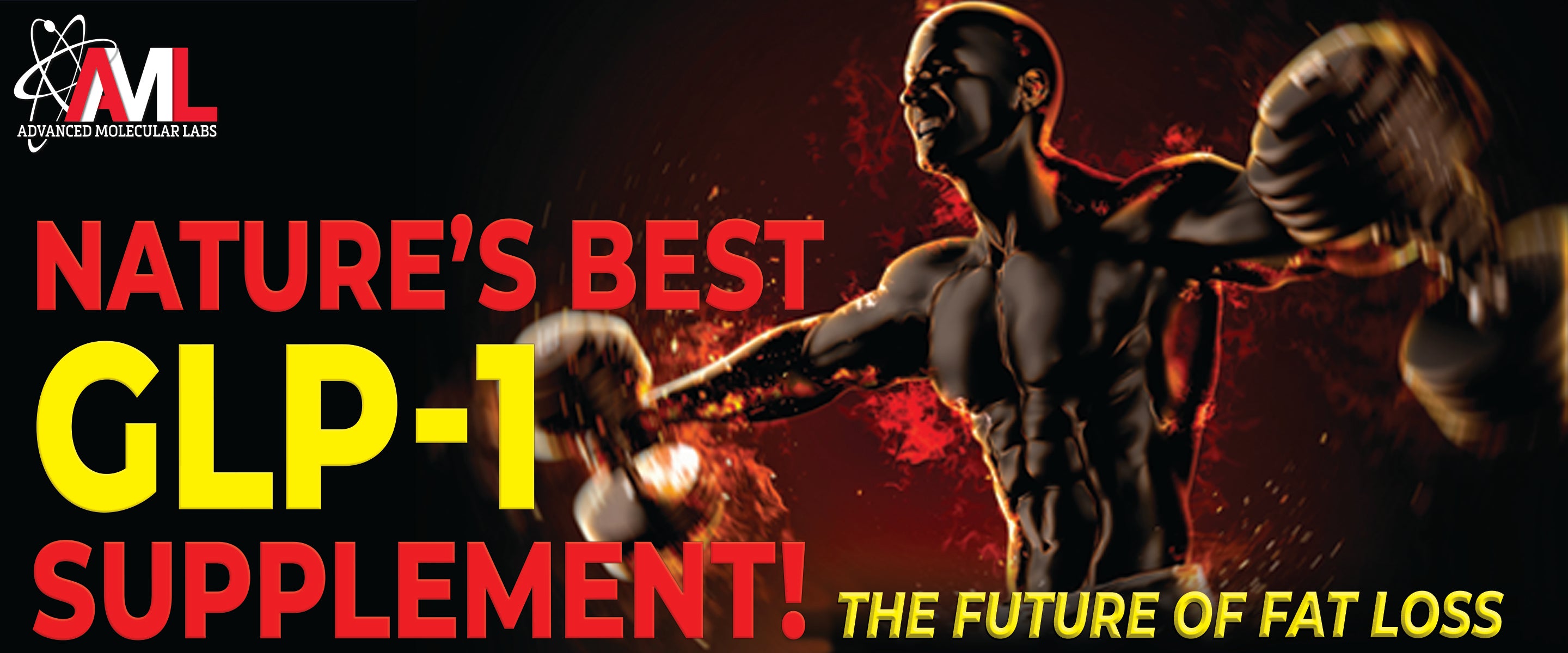


The Dopa Rush Diet and Exercise Program
The human brain is made up of approximately 80 billion interconnected neurons that function as the core “information processing center” for the entire body. Normal brain function requires the precise communication between these neurons via chemical messengers called neurotransmitters. Dopamine is one of these important neurotransmitters that regulate motivation, productivity and overall focus by eliciting a pleasurable response to certain stimuli that reinforces the above-mentioned behaviors. While the impact of dopamine function normally bolsters positive health benefits, abnormal dopamine signaling in the brain can also support some unwanted consequences. For instance, eating foods loaded with fat and sugar triggers the release of copious amounts of dopamine, producing the gratification commonly experienced while eating this kind of food. Evidently, the frequent consumption of fatty and sugary food tends to reduce dopamine function in the brain over time, which is why the consumption of more fat and sugar is needed to receive the same pleasurable sensation, thus increasing the prospect for unhealthy weight gain.
The aforementioned undesirable metabolic result occurs because eating large amounts of fat and sugar stimulates more insulin release, which can activate certain negative feedback mechanisms that, in due course, diminish insulin function. Because of the decreased insulin performance, the amino acid L-tyrosine is not transported into the brain to the same extent, as insulin facilitates L-tyrosine transport across the blood-brain barrier into the brain. Since L-tyrosine is required for dopamine production, the brain produces less dopamine, meaning decreased dopamine function in the brain. This increases the need for unhealthy food intake to get the same pleasurable impact, initiating a cycle of excessive eating that increases the likelihood of weight gain, while also making it seemingly impossible to lose weight. In fact, studies have shown that obese individuals elicit weaker dopamine release in response to high-fat food intake— indicating that obesity is associated with reduced sensitivity to the food-reward receipt, which ultimately contributes to the overindulgence of food, perpetuating the cycle of weight gain.1
Dopamine and Addiction
The capacity of dopamine to trigger feelings of pleasure also makes the dopamine system vulnerable to manipulation by certain types of addictive drugs like cocaine and prescription drugs like Adderall, which stimulate feelings of pleasure by increasing dopamine activity within the brain. Regrettably, a physical dependence of this enjoyable stimulus can develop, making it extremely difficult to overcome many of these addictions. For example, according to the Drug Enforcement Administration, approximately 1.5 million Americans are addicted to cocaine and nearly 80 percent of those trying to quit relapse within the first six months of trying.2
Excessive release of dopamine from drug use also reduces dopamine function. However, the negative influence on dopamine from drug use occurs in a different fashion— as many addictive drugs that trigger excessive dopamine signaling in the brain wind up increasing the rate of dopamine degradation within the neuronal synapse while simultaneously reducing dopamine synthesis, which together diminish dopamine activity greatly. A well-established example of this is the drug cocaine, which triggers an initial feeling of euphoria from the short-term increase in dopamine. Then, over time, dopamine becomes depleted, leading the user to require higher doses of drug to experience the same pleasurable effect. It has been proposed that the decreased dopaminergic function associated with drug use underlies the addiction to drugs such as cocaine.3
Alleviate Addiction to Food and Drugs
Since chronically reduced dopamine levels brought on by excessive food intake or drug abuse seemingly escalates the impulse to consume more food or drug, enhancing dopamine production in the brain should mitigate these unhealthy behaviors. Some prescription drugs, such as Ergoset, have been specifically prescribed to increase dopamine function, resulting in weight loss. However, like most drugs, Ergoset use can cause several unwanted side effects including dizziness and nausea, making the use of this drug unwarranted for healthy individuals looking to get in shape. Likewise, other dopamine-enhancing prescription drugs, like Ritalin, have also been prescribed for addiction to drugs like cocaine. Yet, Ritalin also has its fair share of adverse side effects including nausea, insomnia and increased blood pressure.
On the other hand, it is much healthier to boost dopamine naturally by consuming a diet that supports dopamine production, while also performing the best exercise regimen that further augments dopamine function. Add to this the most potent dopamine-enhancing supplement on the market, Dopa Rush™ from Advanced Molecular Labs, and you’ve got a recipe for superior dopamine activity in the brain that should help suppress unhealthy urges for fat-promoting foods and harmful drugs. Increasing dopamine naturally should also provide a greater capacity to lose body fat, as dopamine stimulates thermogenesis in brown adipose tissue. Thermogenesis is a process that burns fat, turning it into heat instead of ATP, thus increasing energy expenditure— which is absolutely required to lose weight.4
The Dopa Rush™ Diet
Adding foods to your diet that are full of the amino acid L-tyrosine is an exemplary way to increase dopamine production in the brain. L-tyrosine is a key biosynthetic precursor of dopamine, meaning more L-tyrosine intake in the diet stimulates greater dopamine production. Some nourishing foods loaded with L-tyrosine include poultry, lean beef, oatmeal, beans, eggs and fish, especially salmon. Interestingly, salmon is also chock-full of omega-3 fatty acids, which, in addition to being able to reduce body fat5, also improves dopamine production. The positive impact of omega-3s on dopamine production is likely caused, in large part, by the positive influence omega-3 fatty acids have on insulin sensitivity— as studies have shown that certain omega-3 fatty acids reduce the amount of insulin required to shuttle glucose into muscle cells.6 The lower requirement for insulin precludes any potential negative feedback influence on insulin signaling, ultimately enhancing insulin function that likely encourages L-tyrosine transport, and dopamine synthesis, in the brain.
The Most Potent Dopamine-Enhancing Supplement, Dopa Rush™
Supplementing the aforementioned diet with the breakthrough product Dopa Rush™ provides an additional 2,000 milligrams of L-tyrosine, further supporting dopamine production. In addition to boosting exercise performance, this amount of tyrosine intake can also enhance mental performance just as impressively, as shown by Thomas et al. where test subjects consuming two grams of tyrosine had a vastly improved memory.7
Dopa Rush™ also has 100 milligrams of Mucuna pruriens, providing a considerable amount of another vital dopamine precursor, L-dopa, at 40 milligrams. L-dopa has been shown to effectively increase diminished dopamine levels, particularly in patients with Parkinson’s disease, an illness that occurs due to low dopamine.8,9 The use of Mucuna pruriens together with tyrosine likely augments dopamine function more potently, especially when these two compounds are combined with two other ingredients in this remarkable formula, caffeine and theacrine, as each compound vigorously drives dopamine release.10,11
Dopa Rush™ also contains folic acid, which is involved in the biosynthesis of the cofactor tetrahydrobiopterin (BH4) that is required to produce dopamine, meaning more folic acid in the diet promotes greater dopamine synthesis.12 Another key ingredient in Dopa Rush™ is piperine, a compound that activates the TRPV receptor in the brain, stimulating the sympathetic nervous system and resulting in dopamine release.13 Piperine also inhibits the enzyme that degrades dopamine— monoamine oxidase— giving this all-important ingredient the capacity to increase dopamine amounts as well as dopamine release in the brain.14
High-Intensity Training Means High Dopamine Levels
Together with diet and nutritional supplementation, exercise is an approach that also safely and vigorously enhances dopamine activity in the brain. By and large, most forms of exercise appear to improve dopamine function. However, some types of exercise are apparently better than others. Cardiovascular exercise done at a fixed pace tends to improve dopamine function, partly explaining the euphoric state known as “runner’s high” periodically achieved from this type of training. Yet, research is starting to show that high-intensity interval training (HIIT) appears to improve dopamine function more potently, relative to steady-state cardio. In fact, one investigation by Marusiak et al.15 showed that HIIT improved overall mobility in patients with mild to moderate Parkinson’s disease, signifying improved dopamine function within these patients.
Another intense training modality using heavy resistance training, at 10 reps per set with relatively short rest periods of 10 seconds, also had a considerable impact on dopamine activity. This effect was shown in a recent study by Kraemer et al.16, where highly trained competitive bodybuilders and powerlifters performing this training mode showed large increases in dopamine levels.
Reduce Fatigue and Enhance Mental Focus
Enhanced dopamine function from an optimal diet, exercise and nutritional supplementation regimen can also significantly reduce fatigue caused by an exhausted central nervous system (CNS), providing greater focus and more intense training in the gym for longer periods of time. Although many variables contribute to fatigue experienced while training, one of the primary culprits for this fatigue is a weary central nervous system (CNS) that requires more than simply consuming carbohydrates, fats and protein to restore metabolic energy. That is because a tired CNS requires something other than caloric energy— it needs more dopamine, and lots of it— as intense exercise reduces dopamine, drastically generating fatigue and decreased exercise performance.
Studies have shown that the use of the psychostimulant buproprion, which inhibits neuronal reuptake and degradation of dopamine, improves performance significantly during exercise.17 This is probably why this class of drug has been used to enhance athletic performance. Of course, using psychostimulants as an ergogenic aid is extremely dangerous, and should be avoided at all costs. Yet, reversing the impact of dopamine degradation from intense training, by natural means, represents a safe way to mitigate CNS fatigue for more energy and better performance while training.
In closing, the neurotransmitter dopamine has many vital roles influencing divergent functions within the human body that range from mental acuity, psychological well-being and overall vitality. Therefore, enhancing dopamine activity with the Dopa Rush™ diet, exercise and supplement plan will reestablish, or even embellish, the capacity of this neurotransmitter to advance physical and mental health. Moreover, the ability to stop unsound lifestyle habits should also be improved, as improved dopamine activity most certainly alleviates much of the torment provoked when attempting to conquer poor habits and addiction.
For most of Michael Rudolph’s career he has been engrossed in the exercise world as either an athlete (he played college football at Hofstra University), personal trainer or as a research scientist (he earned a B.Sc. in Exercise Science at Hofstra University and a Ph.D. in Biochemistry and Molecular Biology from Stony Brook University). After earning his Ph.D., Michael investigated the molecular biology of exercise as a fellow at Harvard Medical School and Columbia University for over eight years. That research contributed seminally to understanding the function of the incredibly important cellular energy sensor AMPK— leading to numerous publications in peer-reviewed journals including the journal Nature. Michael is currently a scientist working at the New York Structural Biology Center doing contract work for the Department of Defense on a project involving national security.




